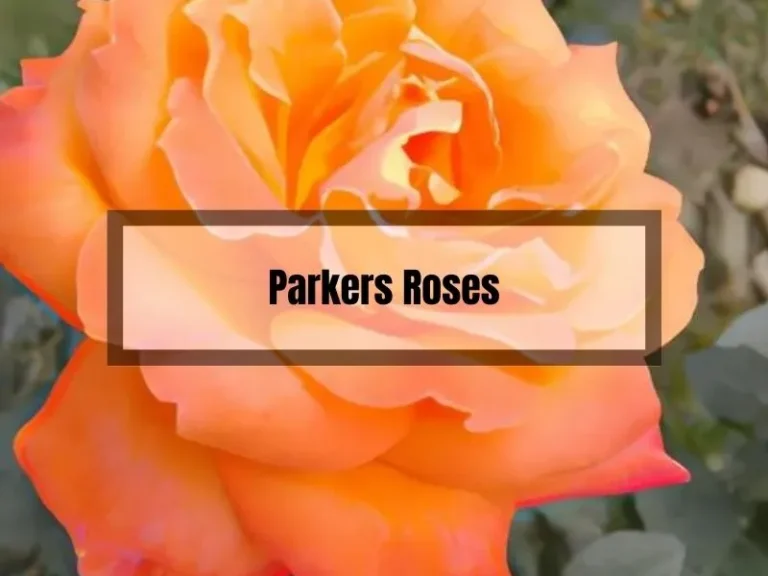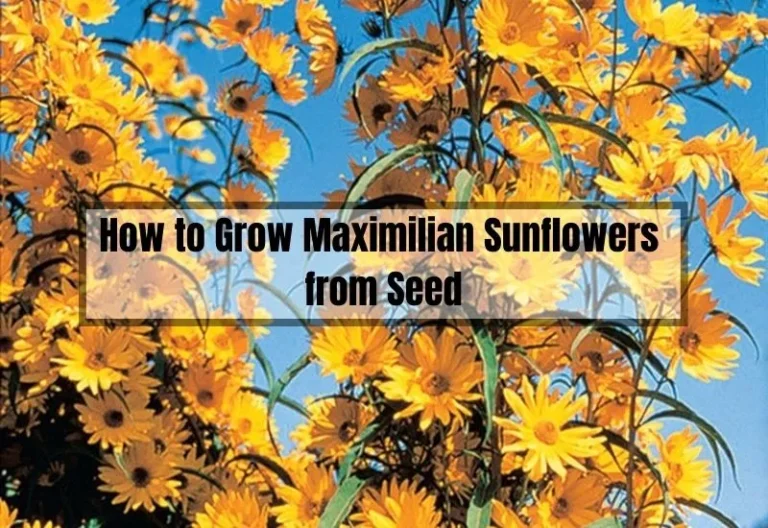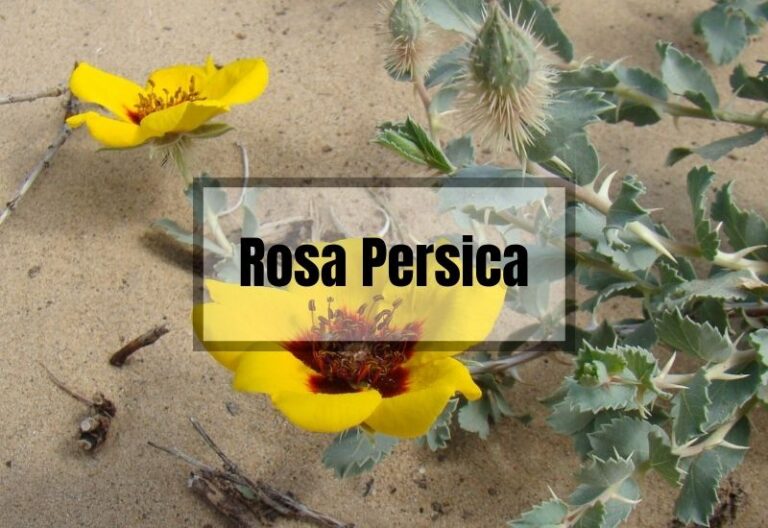Miniature Indoor Rose Problems: Common Issues and Solutions
From Louise: Passionate about gardening, I specialize in plant care and flower knowledge. I’m here to share my expertise and assist with your gardening queries. Feel free to ask any questions or seek advice on lawn care—I’ll respond within 24 hours!
If you’re struggling with caring for your miniature indoor rose, you’re not alone. These delicate plants can be tricky to maintain, but with the right care, they can thrive and add a touch of beauty to your home.
One common issue with miniature indoor roses is insufficient light, which can lead to sparse growth. To ensure your plant thrives, make sure it receives enough direct, bright light. If necessary, consider using grow lights.
Another issue is overwatering, which can waterlog the roots. To prevent this, allow the soil to dry slightly between waterings, and water thoroughly to reach the roots.
Key Takeaways
- Miniature indoor roses can be delicate, but with the right care, they can thrive and add beauty to your home.
- Insufficient light and overwatering are common issues that can harm your plant, so be sure to provide enough direct, bright light and avoid overwatering.

Miniature Indoor Rose Problems
If you’re growing miniature indoor roses, you may encounter some common problems that can affect their growth and appearance. In this section, we will discuss some of these problems and how to address them.
Brown Leaves
One of the most common problems with miniature indoor roses is brown leaves. This could be due to the environment being too hot. Ensure that the temperature is around 70 degrees during the day and 60 degrees at night.
Another reason could be low humidity levels. To remedy this, you can place a humidifier near your plant or place a tray of water near it to increase the humidity levels.
Root Rot
Miniature indoor roses require frequent watering, but they can be susceptible to root rot and fungal infections. To avoid this, allow the soil to dry out between watering. Test the soil with your finger prior to watering.
If the soil is dry, it’s time to water. If it’s still moist, wait a few more days before watering. If root rot has already set in, you may need to repot your plant in fresh soil.
Pests
Spider mites can be a problem for miniature indoor roses. They are tiny pests that can damage the leaves and flowers of your plant. You can use insecticidal soap to get rid of spider mites.
Alternatively, you can use a mixture of water and dish soap to make a homemade insecticide. Spray your plant thoroughly with the solution, making sure to get the undersides of the leaves where spider mites tend to hide.
Lack of Blooms
If your miniature indoor rose isn’t blooming, it could be due to a lack of sunlight. Miniature roses require at least 6 hours of direct sunlight per day.
If your plant isn’t getting enough sunlight, you can supplement with artificial light. Another reason could be a lack of nutrients. Make sure to fertilize your plant regularly with a balanced fertilizer.
Causes of Miniature Indoor Rose Problems

Inadequate Lighting
One of the most common causes of miniature indoor rose problems is inadequate lighting. These plants require a lot of light to thrive, and if they don’t get enough, they can become weak and susceptible to disease.
If you don’t have access to natural light, consider using a plant grow light that provides the right spectrum of light for your roses to grow. Ensure that your roses are getting at least 6 hours of direct sunlight per day.
Improper Watering
Overwatering or underwatering your miniature indoor rose can cause a range of problems. Overwatering can lead to root rot, which can kill the plant, while underwatering can cause the leaves to wilt and turn brown.
To avoid these issues, check the soil moisture level regularly and water your rose when the top inch of soil is dry to the touch. For more information on overwatering, check out Overwatering Houseplants: How to Avoid Killing Your Plants. If you want to learn about underwatering, check out Are You Guilty of Underwatering Your Plants? Learn the Impact and Solutions.
Incorrect Temperature
Miniature indoor roses prefer a temperature range of 60-70 degrees Fahrenheit during the day and 55-65 degrees Fahrenheit at night.
If the temperature is too hot or too cold, it can cause stress to the plant, which can lead to problems. Ensure that your rose is not exposed to extreme temperatures, such as near a heating vent or air conditioning unit.
Pests and Diseases
Pests and diseases can also cause problems for your miniature indoor rose. Common pests include spider mites, aphids, and thrips. If you notice any signs of pest infestation, such as webbing or small insects on the leaves, take action immediately.
You can use insecticidal soap or neem oil to control the infestation. Diseases, such as black spot and powdery mildew, can also affect your rose.
Make sure you are providing proper ventilation and avoid overhead watering to prevent the spread of disease. For more information on identifying root rot in plants, check out Root Rot in Plants: Causes, Symptoms, and Treatment.
Preventing Miniature Indoor Rose Problems
To keep your miniature indoor rose healthy and vibrant, it is important to take proper care of it. Here are some tips to prevent common problems:
Proper Lighting
Your miniature indoor rose requires bright, indirect sunlight for at least six hours a day. Direct sunlight can scorch the leaves and cause the plant to wilt.
If you don’t have a spot that gets enough light, consider using a grow light to supplement the natural light. Keep in mind that grow lights should be positioned about 6 inches above the plant and used for about 12-16 hours a day.
Correct Watering
Proper watering is crucial to the health of your miniature indoor rose. The soil should be moist but not soggy. Overwatering can lead to root rot, while underwatering can cause the plant to wilt and die.
Water your plant when the top inch of soil feels dry to the touch. When watering, make sure to water the soil and not the leaves or flowers to prevent damage.
Maintaining Optimal Temperature
Your miniature indoor rose prefers temperatures between 60-75°F (15-24°C). Keep the plant away from drafts, air conditioning vents, and heating sources. If the temperature drops below 60°F (15°C), the plant may go dormant or even die.
Preventing Pests and Diseases
Pests and diseases can quickly take over and damage your miniature indoor rose. To prevent this, keep the plant clean and free from debris. Check the plant regularly for signs of pests such as spider mites, aphids, and thrips.
If you notice any pests, isolate the plant and treat it immediately with an insecticidal soap. To prevent diseases, avoid getting water on the leaves and flowers, and make sure the plant has good air circulation.
By following these tips, you can prevent common problems and keep your miniature indoor rose healthy and thriving. With proper care, your plant will reward you with beautiful blooms for years to come.
Solutions to Miniature Indoor Rose Problems
If you’re experiencing problems with your miniature indoor rose, there are solutions that can help your plant thrive. Here are some solutions to common miniature indoor rose problems:
Lighting Solutions
Insufficient light is a common reason why your miniature indoor rose may not be blooming. Miniature roses need at least six hours of direct sunlight each day.
If your plant is not getting enough light, consider moving it to a sunnier location or using artificial lighting. LED grow lights can be a great option for indoor plants.
Watering Solutions
Overwatering or underwatering can cause problems for miniature indoor roses. Make sure to water your plant thoroughly, but allow the soil to dry out between waterings.
If you’re not sure when to water, stick your finger into the soil about an inch deep. If it feels dry, it’s time to water. Avoid getting water on the leaves or flowers, as this can lead to disease.
Temperature Solutions
Miniature indoor roses prefer temperatures between 60 and 70 degrees Fahrenheit.
Avoid placing your plant near drafty windows or air conditioning vents, as this can cause temperature fluctuations. If your plant is in a room that is too cold, consider using a space heater to keep it warm.
Pest and Disease Solutions
Common pests that can affect miniature indoor roses include spider mites, aphids, and thrips. To prevent pests, make sure to keep your plant clean and free of debris.
If you do notice pests, try using insecticidal soap or neem oil to get rid of them. Diseases like powdery mildew and black spot can also affect miniature roses. To prevent disease, make sure to water your plant at the base and avoid getting water on the leaves or flowers.
By following these solutions, you can help your miniature indoor rose thrive. Remember to give your plant plenty of light, water it properly, keep it at the right temperature, and prevent pests and diseases.
With a little bit of care, your miniature rose can be a beautiful addition to your indoor garden.
Related Posts:
Frequently Asked Questions (FAQs)
How do I know when it’s time for my miniature indoor rose to rest?
Your plant will naturally bloom from late spring through early fall. After it has finished blooming for the season, it needs a rest period of several months before it will bloom again. During this rest period, keep it as cool as possible without freezing.
Can I grow miniature indoor roses in low light?
No, miniature indoor roses need to be placed in direct, bright light, preferably in a south or west-facing window.
How do I prevent my miniature indoor rose from getting black spot disease?
To prevent black spot disease, make sure to keep the leaves dry and avoid overhead watering. Also, make sure to prune off any affected leaves as soon as you notice them.
Conclusion
In conclusion, growing miniature indoor roses can be a rewarding experience for any plant lover. By following the tips and tricks provided, you can successfully grow and care for your plant, ensuring it thrives for years to come.
Some common problems that may arise include brown leaves, low humidity levels, and pests or diseases. Deadheading, pruning, and fertilizing your plant regularly will help it to produce more blooms.
Additionally, it is important to ensure that your miniature roses do not harm your pets. By unlocking the secrets to keeping your miniature roses thriving year-round, you can enjoy the beauty and fragrance of these stunning plants in your home or garden.
Related Posts:






